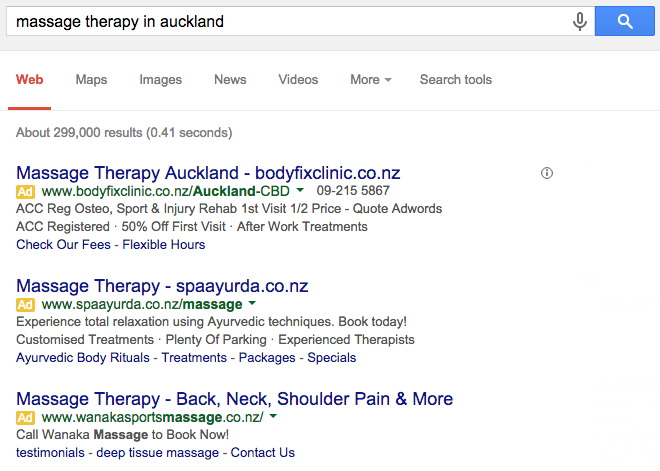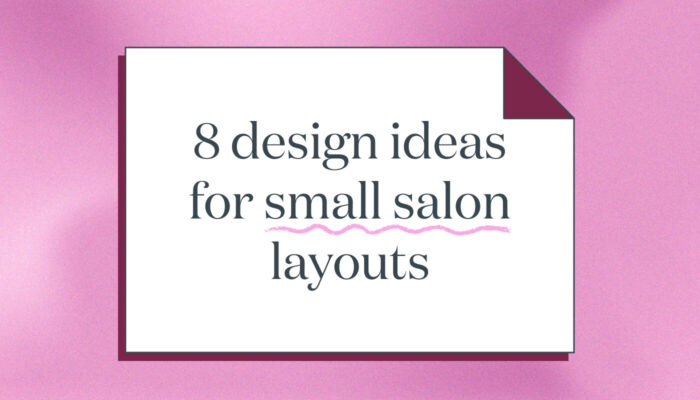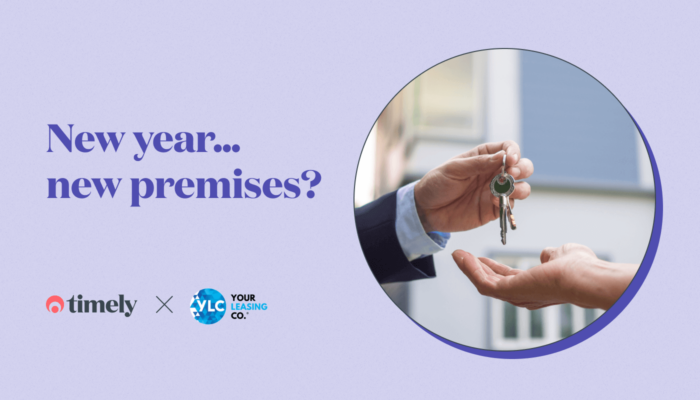Website Promotion – An Introduction
It's always better to have a visitor come to your website who is looking for the services you have to offer. If you're thinking about website promotion, just read this post.

An audience that is already looking for your product or service is more attentive, and it’s easier to convert them into paying customers. You get a higher return on investment (ROI), because for every dollar you put in, there’s a higher chance that you’ll get a customer out of it. You need to learn effective website promotion to take advantage of this.
1. AdWords
The screenshot below is a Google search for “Massage Therapy in Auckland.” The first three results on the page are sponsored results, which have been created through Google AdWords.

What it’s good for
Google AdWords are good for targeting people who have searched Google for your business, or a product or service that you offer
The cost
It’s relatively cost effective – in 2014, the average cost per click (CPC) on Google AdWords in the “health and beauty” category was $2.16. Since these browsers are already looking for a service you offer or a business like yours, they’re more likely to convert into customers.
It may cost you $10 in Google AdWords to acquire 1 customer, but if you have a good system in place to keep customers recurring, their lifetime value maybe number in the hundreds and thousands!
Get started with your website promotion
It’s all about targeting, when you’re running an AdWords campaign. You can define the audience who will see your ads to a very narrow niche, and the better you get at this, the less it’ll cost you. Like most things, practice and skill make perfect.
1. Start with a keyword planner
Targeting in AdWords starts with planning keywords. In this stage, you’ll find out what your customers are searching for, and after that you can find out more about them.
Google’s Keyword Planner is a relatively easy to use and self-explanatory tool that allows you to find the best keywords to target for your campaigns. You can sign up for AdWords and get started here.
2. Create a campaign
To create your first campaign, click on “Campaigns” at the top of the screen then “Create your first campaign” on that page.
This will lead you through a four step process of choosing a budget, creating ads, selecting keywords (found in step 1), and getting started with billing.
3. Track progress
Lastly, it’s essential to track the progress of your campaigns to see how you can make them better in the future. If you’re always improving, you’ll get better at increasing your conversion rate and using words in your ads that translate into results.
You can track clicks and impressions from Google Analytics.
We recommend viewing this article on how to track actions on the web for further explanation.
2. SEO
Ahh, SEO – a widely debated topic. No one really knows exactly how SEO works, except for a few people working at Google and other search engines. It’s very much a game of trying what works and improving and refining those methods.
Search Engine Optimisation is a process. There is no single activity that can be defined as SEO, as it usually involves adding in appropriate header tags, meta descriptions, back linking, and quality content.
Get started with your website promotion
You can read more about how to get started with Search Engine Optimisation in this article.
3. Facebook Advertising
Facebook advertising is different to SEO and Google AdWords in the way that you’re not targeting people based on what they’re searching, but rather on what their interests and potential needs are.
For this reason, research is very important if you want to see a decent return on your investment, because you’ll need to be able to define many aspects of your customer’s online personas. You can then put this information in Facebook and use it to target your advertisements to Facebook users.
Get started with your website promotion
Facebook ads are made to be relatively easy to use, and there are explanations of what the different functions do beside them in ? tooltips.
1. Define your audience
This is really the hardest part. Your main options on Facebook for targeting are:
- Location
- Demographics (age, gender, education, etc)
- Interests – this is based on pages your audience likes
- Behaviours
- Connections
If you can identify your audience based on those main options, you will have done most of the hard work.
There is more information on Facebook advertising options in this video:
2. Select your imagery
Finding images that stand out in the newsfeed and represent your product or service is difficult. Here are some tips on how to find a good image:
- Make the image relatable for your audience – you don’t have to like it, they do
- It may have text on it, but the text must cover less than 20% of the image. You can test your images with text on them with Facebook’s grid tool: https://www.facebook.com/ads/tools/text_overlay
- Make it bright!
- Make the image size: 1200 x 627 pixels
3. Add your budget
Select your ad budget, which is in $ amounts per day, and then hit next. After they get approved, your ads should start appearing!
4. Email marketing
Email marketing is one of the most valuable tools in your marketing toolbox because the sole fact that people have opted into your list is an expression of interest in your business. While social media has become more and more popular among small businesses, email marketing continues to hold higher conversion rates than social media, at a fraction of the cost.
Promoting your website through email marketing is relatively easy if you have content to promote it with. This can either be blog posts, or content written specifically for the email that surrounds an offer or promotion your business has on at the moment.
Get started with your website promotion
Learn how to get started with email marketing using MailChimp.
5. Blogging
Blogging is a great way to increase your visibility and authority in a field, and there are several ways to use it to promote your website.
Firstly, blogging has huge search engine optimisation benefits, particularly when you’re answering questions in your field of practice that you know others might be asking. Small business owners find that answering their clients questions in a blog post helps them immensely because, if one person wants to know the answer to that question, chances are others do too. Additionally, those visitors are more likely to convert to customers because you’ve already done something for them, and you’ve proved that you’re knowledgeable in the field.
Another way to use blogging to promote your website is to create guest posts on other blogs and link back to your website. Not only does this improve your search engine rank, it also increases the reach of your business to that blog’s audience, and to the audience of the people who share that post.
Unlike the other tips listed in this article, blogging is quite time consuming. A 600 word post that can be read in 3 minutes can take an hour or two to write. The key here is not quantity but quality. Poor content will have negative side effects for your website, as Google’s algorithm is powerful to enough to determine whether or not a post is well written, and it will not add value to your brand for those who do find it.
Set out a schedule in your calendar with an achievable amount of posts on it, and make it a good mix of content on your own blog and on others. You might just find that you enjoy writing about what you do!
Website Promotion Summary
The 5 ways we have outlined in this post to promote your website to people who may be wanting to find it are:
- Google AdWords
- Search Engine Optimisation
- Facebook Advertising
- Email Marketing
- Blogging
Some of these methods will work better for your business than others, so give them a try and perfect your skills on the ones that work!


